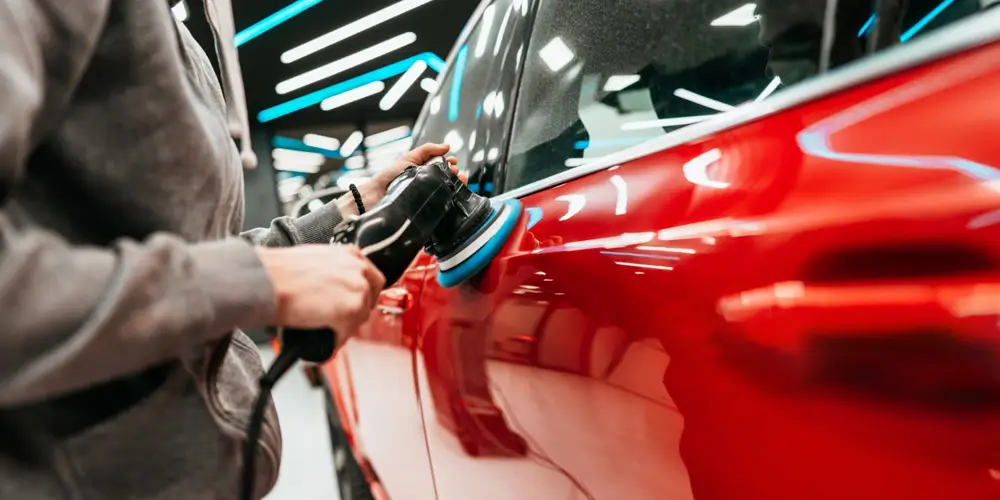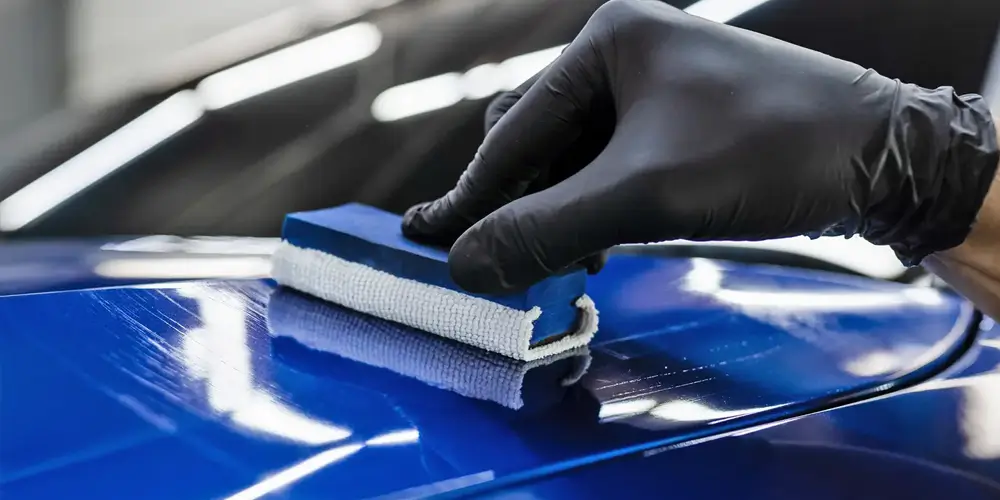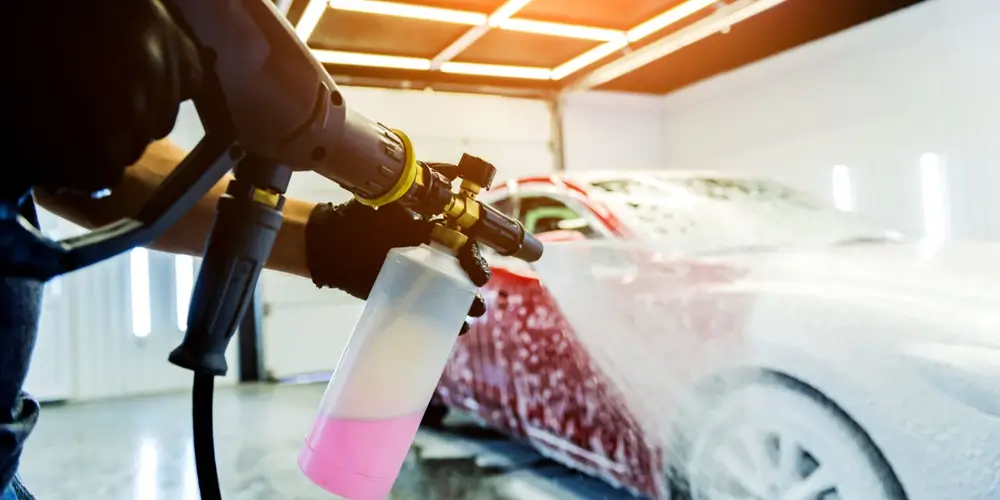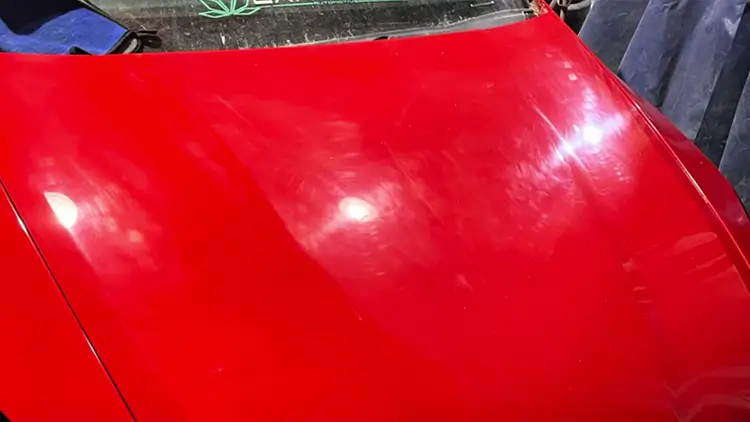How to Use a Rubbing Compound
Rubbing compounds are essential tools in the auto detailing industry, offering a solution for correcting paint imperfections and restoring a vehicle's finish. For import wholesalers, auto detailing shop owners, and auto repair center owners, understanding how to use a rubbing compound effectively is crucial to delivering top-quality results to customers. This article will delve into the intricacies of using rubbing compounds, offering step-by-step guidance and best practices to ensure the highest standards of vehicle care.
Understanding Rubbing Compounds
Rubbing compounds, also known as cutting compounds, are abrasive products designed to remove surface imperfections in a vehicle's paint. These imperfections can include scratches, oxidation, water spots, and other blemishes that detract from the car's appearance. By leveling the surface, rubbing compounds create a smooth, uniform finish that can then be polished to a high gloss.
Rubbing compounds come in various levels of abrasiveness, ranging from coarse to fine. The choice of compound depends on the severity of the imperfections you are addressing. Coarse compounds are more abrasive and are typically used for deep scratches or severe oxidation, while finer compounds are used for less severe issues or for refining the finish after using a coarser compound.
Choosing the Right Rubbing Compound
Selecting the right rubbing compound for the job is the first step toward achieving a flawless finish. SYBON offers a range of rubbing compounds tailored to different needs:
S500 Perfect Fast Cut Rubbing Compound: Ideal for heavy-duty correction, this compound is designed to tackle deep scratches and severe oxidation, leaving a smooth surface ready for polishing.
S600 Super Duty Rubbing Compound: A versatile option that balances cutting power with a finer finish, making it suitable for a wide range of paint correction tasks.
When choosing a rubbing compound, consider the type of paint on the vehicle, the severity of the imperfections, and the desired outcome. Always start with the least aggressive compound necessary to achieve the results you want, as this will help preserve the integrity of the vehicle's paint.
Preparing the Vehicle for Rubbing Compound Application
Before applying a rubbing compound, thorough preparation of the vehicle's surface is essential. This preparation ensures that the compound can work effectively and reduces the risk of introducing new imperfections during the process.
1. Wash the Vehicle: Begin by thoroughly washing the vehicle to remove any dirt, grime, and contaminants. Use a high-quality car shampoo and follow up with a rinse to ensure all residues are removed.
2. Inspect the Surface: After washing, carefully inspect the vehicle's surface to identify the areas that need correction. Look for scratches, oxidation, water spots, and other imperfections that the rubbing compound will address.
3. Dry the Surface: Ensure the surface is completely dry before applying the rubbing compound. Any moisture on the surface can interfere with the compound's effectiveness and may lead to uneven results.
4. Mask Off Sensitive Areas: Use masking tape to protect areas that you do not want to treat with the rubbing compound, such as plastic trim, emblems, and delicate areas around the headlights and taillights.
Application Techniques for Rubbing Compounds
The application technique you use will significantly impact the effectiveness of the rubbing compound and the quality of the final finish. Here are the steps to follow for optimal results:
1. Choose the Right Tool: Rubbing compounds should be applied with a machine polisher. For larger surfaces and more severe imperfections, a dual-action or rotary polisher is recommended.
2. Apply the Compound to the Pad: Apply a small amount of the rubbing compound directly to the polishing pad.
3. Work in Small Sections: To ensure even coverage and effective correction, work in small sections, typically no larger than 2 feet by 2 feet. This allows you to concentrate on each area and achieve consistent results.
4. Use the Correct Speed and Pressure: Start the machine polisher at a low speed to spread the compound evenly across the surface. Gradually increase the speed and apply moderate pressure to allow the compound to cut into the imperfections.
5. Monitor the Results: As you work, periodically stop to check your progress. Wipe away the compound residue with a microfiber cloth and inspect the surface. If the imperfections are not fully corrected, repeat the process until the desired results are achieved.
6. Avoid Overworking the Compound: It's important not to overwork the compound, as this can lead to excessive heat buildup and potential damage to the paint. Once the imperfections are corrected, stop and move on to the next section.
Finishing Up: Polishing and Sealing the Surface
Once you have completed the rubbing compound application, the surface will likely have a slightly hazy appearance. This is normal and indicates that the compound has successfully leveled the imperfections. The next step is to polish and seal the surface to achieve a high-gloss finish and protect the paint.
1. Polishing: After using a rubbing compound, follow up with a polishing compound to refine the surface and enhance the gloss. SYBON's S200 Perfect Machine Polish is an excellent choice for this step, offering a smooth, mirror-like finish.
2. Waxing or Sealing: To protect the newly corrected and polished surface, apply a high-quality wax or paint sealant. This will not only enhance the shine but also provide a layer of protection against environmental contaminants.
3. Inspect the Final Finish: After polishing and sealing, inspect the surface under different lighting conditions to ensure a uniform finish. Make any necessary touch-ups to achieve a perfect result.
Common Mistakes to Avoid
Even experienced professionals can make mistakes when using rubbing compounds. Here are some common pitfalls to watch out for:
Using Too Much Compound: Applying too much rubbing compound can lead to clogging of the pad and uneven results. Use only the amount recommended by the manufacturer.
Overworking the Compound: As mentioned earlier, overworking the compound can cause heat buildup and damage to the paint. Work methodically and stop as soon as the imperfections are corrected.
Skipping the Polishing Step: After using a rubbing compound, always follow up with a polishing compound to refine the finish. Skipping this step can leave the surface with micro-scratches and a dull appearance.
Not Cleaning the Surface Thoroughly: Failing to remove all contaminants before applying the rubbing compound can result in scratching the surface during the correction process.
The Benefits of Partnering with SYBON
As an import wholesaler, auto detailing shop owner, or auto repair center owner, having access to high-quality products and expert guidance is essential for delivering the best results to your customers. SYBON offers a comprehensive range of auto detailing supplies, including industry-leading rubbing compounds that ensure top-tier performance.
By partnering with SYBON, you gain access to:
High-Quality Products: Our rubbing compounds are formulated to deliver superior results, whether you are correcting severe imperfections or refining the finish for a flawless shine.
Expert Support: Our team of experts is available to provide guidance on product selection, application techniques, and troubleshooting to help you achieve the best possible outcomes.
Reliable Supply Chain: As a trusted supplier, SYBON ensures that you have a consistent supply of the products you need, when you need them, so you can keep your business running smoothly.
Conclusion: Achieving Excellence with Rubbing Compounds
Using a rubbing compound effectively is a critical skill for anyone involved in the auto detailing industry. By following the steps outlined in this guide and avoiding common mistakes, you can achieve professional-grade results that will impress your customers and enhance your business reputation.
If you are an import wholesaler, auto detailing shop owner, or auto repair center owner looking to elevate your services, consider partnering with SYBON. Our range of high-quality products and expert support will ensure that you have everything you need to succeed. To learn more or to start a collaboration, please visit our website and fill out the contact form. Our sales team will reach out to you within 24 hours to discuss how we can work together to achieve your business goals.
Source of this article:https://www.sybonbest.com
Get to know us through more channels:




